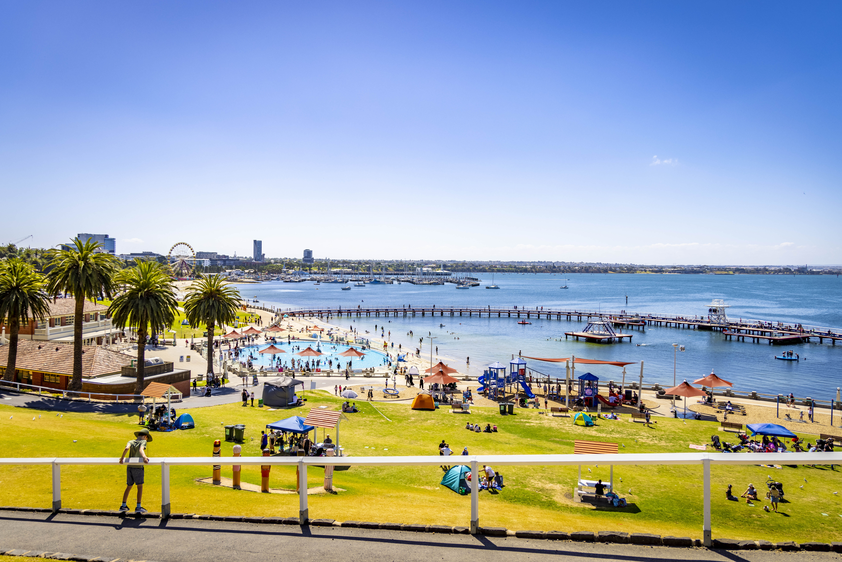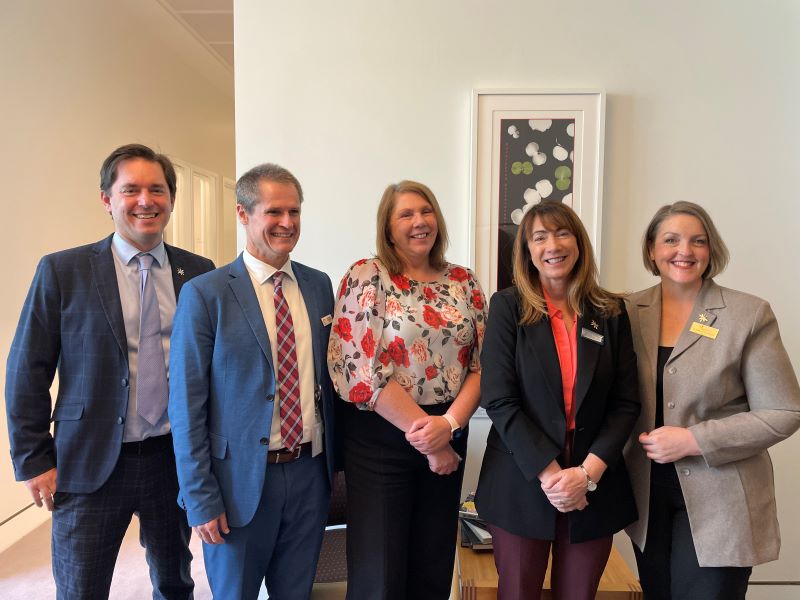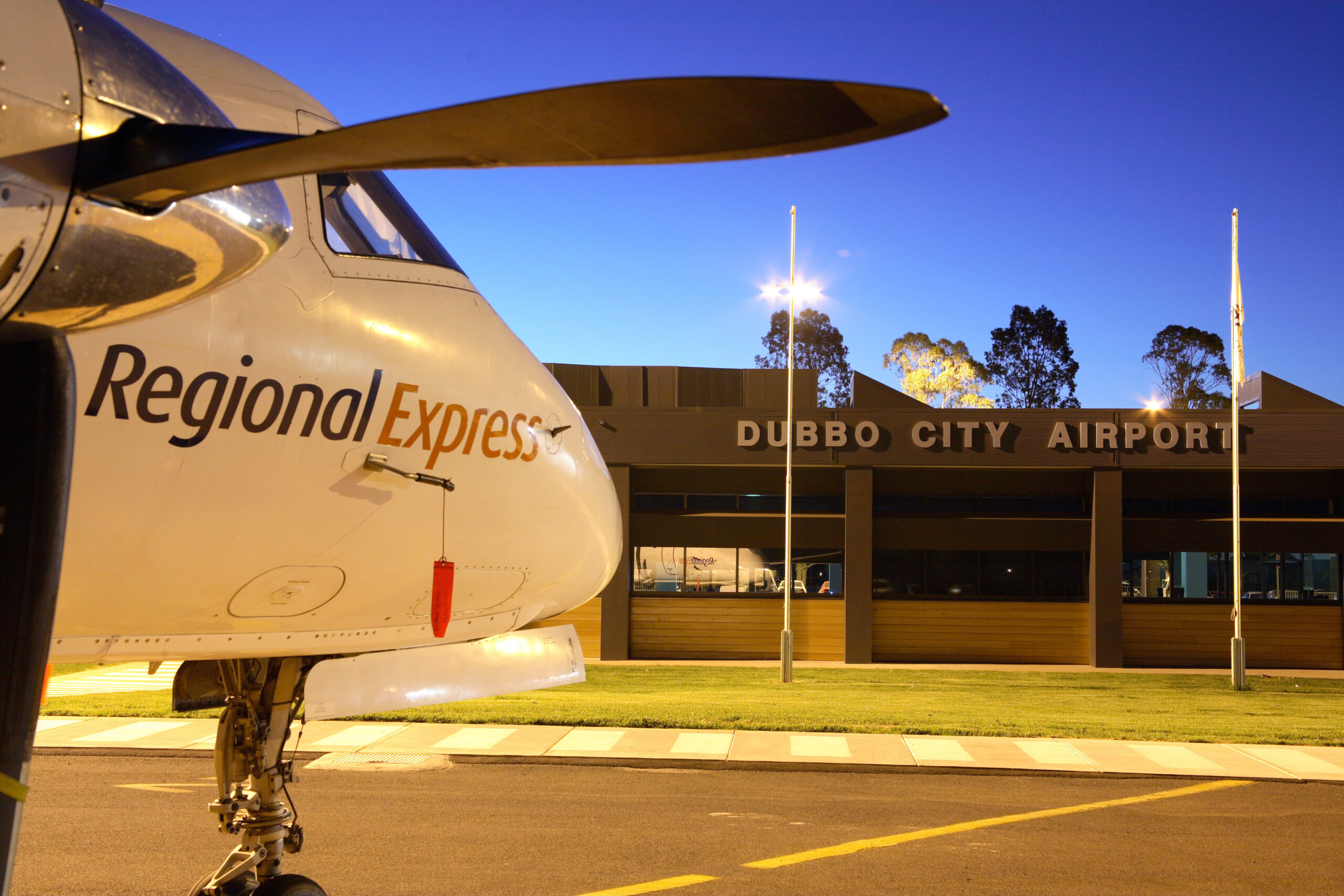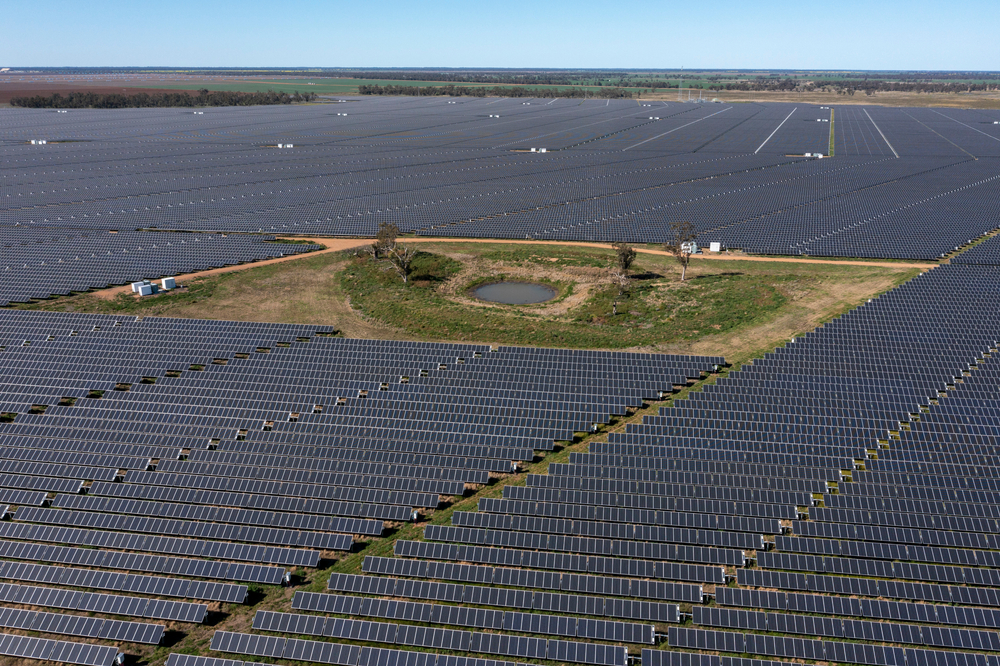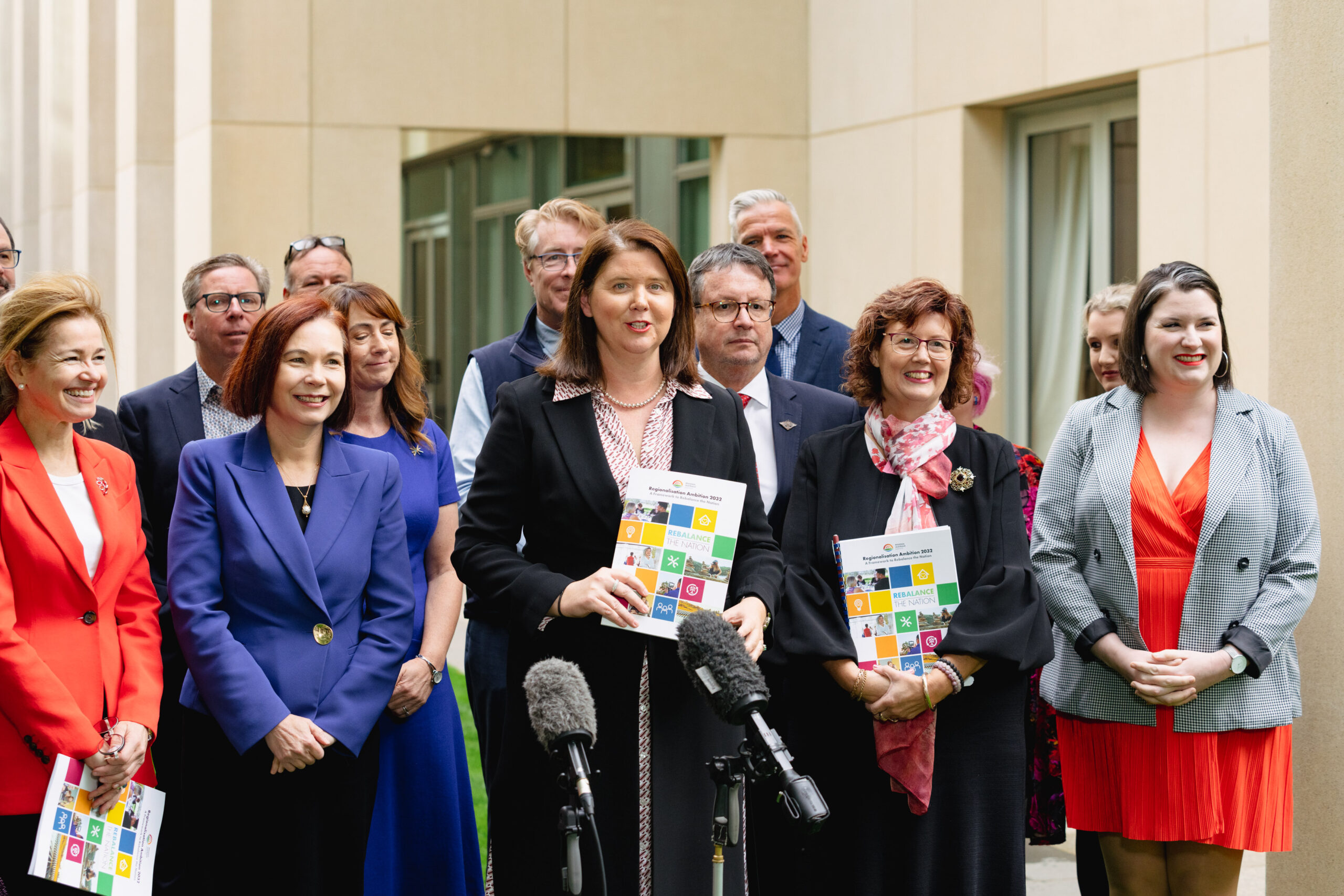- How is your community changing/growing, and what are the biggest priorities for Fraser Coast?
The Fraser Coast has a rapidly growing population led by both lifestyle and employment opportunities in the region. This will require greater investment in education, health and community infrastructure over the coming years. We also have a significant level of disadvantage with lower attainment rates in education so there is a major priority to lift those standards in coming years.
2. What are the most significant infrastructure challenges facing the council over the next 5 yrs and how are you adapting to meet those challenges?
New sewerage treatment plants and new road infrastructure to cope with population growth is an immediate priority. In the past, Council has discounted developer headworks charges to encourage building and investment. These incentives, which were essentially funded by the community, are no longer required due to the popularity of the area and new developments will need to be addressed differently in the future.
Following community feedback, the Fraser Coast Regional Council will move ahead with plans to upgrade the Pulgul Sewage Treatment Plant and expand its recycled water reuse scheme to ensure it can meet the needs of a growing city.
It is anticipated that the Hervey Bay population will increase significantly and the Pulgul plant is already near capacity. The decision to expand the Pulgul treatment works and reuse scheme followed months of community engagement and feedback.
The feedback also helped shape the Recycled Water Strategy which was adopted this year (2023). Initial estimates put the value of the total project at $66 million, including $9 million to expand the reuse scheme.
3. Fraser Coast is one of the fastest growing regions in Qld, and is also famously home to the delicate Great Sandy Biosphere – how do you balance population growth and the environment?
The health of the Mary River is a major priority for us, particularly the preservation of the Mary River Turtle, Mary River Lungfish and the Mary River Cod all of which are threatened with extinction. Since the cancellation of the Traveston Dam in 2009 by Federal Environment Minister Peter Garrett, it has been acknowledged that more needs to be done to protect the river’s ecosystem and implementation of a Threatened Species Action Plan remains a priority. The flooding last year also wiped out a significant proportion of seagrass beds which has had a big impact on the sea turtle and dugong population.
From a town planning perspective, we are encouraging new development to take place on land that has previously been cleared for farming, and not in areas of native vegetation. There is a conversation to be had with the community about the merits of higher density living and what is a better outcome for the environment. Previously, people have preferred to live on a large outer suburban block however, there is a lot of value in higher density living where less land clearing is required and often neighbourhoods are more connected through bike paths and the like.
The Fraser Coast recycled water scheme will expand to cater for population growth, while infrastructure improvements will cut almost $12 million from the capital expenditure budget over the next decade.
4. Fraser Coast Council was the subject of national news in 2022 after a temporary leveee erected by Council saved Maryborough from a second devastating flood in a matter of weeks. How is your region adapting to climate change?
Since the floods of 2022, where we experienced two major floods and two minor floods, we have been working closely with the State Government to undertake buybacks of flood-affected properties. Properties that have been repeatedly flooded have been bought back, retrofitted or raised under the Resilient Homes Fund.
We are also developing a plan to deal with coastal erosion, including managing public infrastructure that might be exposed to future erosion. We have also been adapting our planning scheme to take into consideration the changes we expect to see into the next century.
As part of Council’s continual improvement of our flood response, especially in light of expected weather changes due to global warming, it has invested in a number of studies to improve our flood mapping. Funding has been received from the Queensland Reconstruction Authority and the Disaster Recovery Funding Agreement working with the Federal and State Governments to invest in planning and flood related infrastructure to assist with adapting to climate change.
5. How do you see the role of regional capitals in the broader context of Australia’s growth?
There has been a huge societal shift where people want to move to regional capitals for the lifestyle benefits on offer. There are tremendous professional as well as personal opportunities for those living in our city.
In the Fraser Coast region, people can have really fulfilling and challenging careers but finish work at 5pm and be on the beach by 5.10pm.
Councils are on the front line of Australia’s big shift and this internal migration trend requires a huge investment in health, education and community facilities over the next decade.

